Affectionately, we call Blyton Park in Lincolnshire ‘Enid’, and it is a place to think of affectionately.
It was designed specifically for the enjoyment of road cars and once in a while – perhaps twice a year – we head there with precisely that intention in mind.
Today’s trip we’ll call, for want of a better phrase, Track Battles, because the internet loves a ghastly phrase that you’d feel embarrassed about saying out loud. In short, though, we’re taking a number of cars we know and love and pitching them against each other on a circuit.
The aim is the same as usual: we want to know which of each pairing or triplet is faster and which, equally as significant, is more fun.
Aston Martin V12 Vantage S manual vs. Nissan GT-R 2017

Track times:
Aston Martin V12 Vantage S - 1:12.4
Nissan GT-R - 1:09.8
You think you know which way this is going, and I suspect I’m with you.
Circumstantial evidence implies it’ll be close. Both of these cars have the same amount of grunt – 563bhp – but the Aston Martin V12 Vantage S is almost 100kg lighter than the 2017 Nissan GT-R and that, on the face of things, would push the balance lightly in its favour.
But I don’t believe it and neither do you. This is the GT-R, remember. The inner-city academy with its techfilled classrooms and laboratories versus the old-school Aston with its stuffy halls and crumbling window sills. The Nissan has been bred specifically to produce results.
So it doesn’t matter that the two have the same amount of power. Not when the Nissan’s 3.8-litre twin-turbocharged engine has the knack of producing 470lb ft from 3300rpm and keeping it there all the way to 5800rpm. The Aston’s naturally aspirated V12 puts out a commendable 457lb ft, but it doesn’t appear until 5750rpm, so it arrives and fades like a whirlwind holiday romance. The GT-R is delivering more torque, more often, to its wheels – and it delivers it through all four of them, which will probably be a significant factor, too.
And so it proves. The gulf between these two is, by popular cliché, officially yawning. The GT-R laps Blyton Park’s entertaining little circuit in 1min 9.8sec. The Aston wants 2.6sec more than that – 1min 12.4sec – to complete the same lap.
But, as we say, speed is one thing, entertainment quite another, and in the case of the Aston Martin, please be seated and pay it due reverence, because although this is a car in its whimsical, reminiscent twilight, it is still a thing of utter magnificence. That the large-capacity, naturally aspirated Aston V12 engine will soon cease to be is cause for wailing, gnashing and general sadness. It has been given a moderately obliging seven-speed manual gearbox late in its life and, like finally settling down in retirement with a motorhome and a reasonable pension, it has never seemed freer and happier.
I am utterly convinced that the V12 Vantage S is one of the great driver’s cars of all time. In my near 20 years in this gig, I could count the number of cars I’d rather drive if not on one hand, then not far into the second set of fingers. The nose, occupied by that big V12, wants some management on the way into corners if you’re not to induce early understeer, which isn’t a criticism but just a feature, like a Porsche 911’s gently bobbing nose. And from then on, the balance is exquisite and the V12’s ability to exploit it is better still.

Then there’s the steering. There’s some debate about whether road feel exists or not. One notable writer said steering feel was useless because it told you what had just happened. Well, I believe it exists, and I believe that what the Aston is telling me is absolutely worth listening to. Consider: all that weight, 1665kg of it, cornering – accelerating laterally – at more than 1g with a speedometer reading, say, 80mph. Yes, you’ve got to divide that weight between front and rear, and only the outside tyre is doing any reasonable work, and then take away losses in bushes, power assistance, funky geometry and gearing, and then any squidge in the wheel rim.
But to suggest that all of those forces have been frittered and filtered away from the wheel, from your hands, is absurd. And they don’t tell you what has just happened. They’re telling you what is happening now. They build as cornering force builds, and they decline as grip is overcome, and a car pushes into understeer, or if they’re just following a natural curve because the tail has been pushed way out of shape. And, yes, although your palms won’t feel those differences until they’re happening, they remember the cues, like they do when cutting a thin slice of cheese and the knife handle goes momentarily light the instant before it slips out of the cheddar and you curse at the half slice you’ve just produced. It is all valuable feedback and, yes, I’ve just compared driving an Aston Martin V12 Vantage S to cutting a slice of cheese. What of it?
The GT-R isn’t like cutting cheese. There probably isn’t an appropriate dairy product analogy, in fact. Maybe the ease with which it goes fast is akin to buying it sliced, or perhaps releasing the taps on the engine is like pushing down the button on a can of squirty cream. Probably neither. But while the experience is less analogue than the Aston, there is real drama to the GT-R. It’s sensationally fast everywhere. In a straight line, under braking and through corners, it pulls out metres on the Aston.
Its steering, too, while more corrupted and ultimately less feelsome, allows you to feel the car shuffling power around to each corner, to try to overcome the 1752kg it’s carrying around. It’s some piece of kit, and the results sheet says none of its peers can better it, year after year. It’s effective beyond question. But the Aston is in a different class.
Watch our video review of the Nissan GT-R here
DS 3 Performance vs. Ford Fiesta ST200 vs. Renault Clio RS 220 Trophy

Track times:
DS 3 Performance - 1:16.7
Ford Fiesta ST200 - 1:17.3
Renault Clio RS 220 Trophy - 1:16.8
We won't dwell long on this group, because they appeared in our ‘Best driver’s cars for under £25k’ contest recently. But what we didn’t factor into that contest was just how fast they were around Enid.
The contenders are the DS 3 Performance, the Ford Fiesta ST200 and the Renault Clio RS 220 Trophy. There are differences in their mechanical specification, but none so grand as in the supercar or sports car pairings. All are front engined and front driven and all are within touching distance of 200bhp.
Two manufacturers, though – Renault Sport and the team at Ford – have more hot hatch heritage and experience than the other. So it’s a pleasant surprise to find that the 3 is, by a nose, the quickest car in this group.
It’s a really enjoyable track car, I think. It’s poised and agile, it cocks a rear wheel in the air on turn-in and its front can be lent on heavily under power without overheating its tyres. It finds terrific traction with only a little corruption to its steering and there’s some adjustability under braking and on turn-in.
There’s more in the Clio but not enough, despite its power advantage, to overcome the 3’s lap time. At 1min 16.8sec, the Clio is just 0.1sec slower than the DS, but although it has a wonderfully adjustable and grippy chassis, it’s less communicative than the 3 and has a far less engaging powertrain.
Neither matches the Fiesta for fun, though. It has poise and agility to spare, plus it makes the best exhaust note of the three. But, down on power on either, it can’t go as fast as ’em. At 1min 17.3sec, it’s half a second slower again than the Clio. But, as usual, the stopwatch only tells you the half of it.
Fiat 124 Spider vs. Mazda MX-5

Track times:
Fiat 124 Spider - 1:19.6
Mazda MX-5 2.0 Sport - 1:17.1
It's important not to be harsh here.
The Fiat 124 Spider is arriving in one of its softer forms, because that’s what was available, and it goes up against the keenest variant of the Mazda MX-5, so we’ve not given it the easiest task. The 124 Spider is a 1.4-litre turbocharged car with only 138bhp and the MX-5 is a 2.0-litre Sport Recaro edition with not just 158bhp but also Bilstein dampers and a limited-slip differential.
They all count. The MX-5 laps Blyton Park in 1min 17.1sec – 0.2sec faster than a Ford Fiesta ST200, which gives you an idea of how relatively quick it is – and the Fiat is 2.5sec slower than the Mazda. More than that, the MX-5 feels more engaging, alert and involving everywhere.
As well it might. The dampers give it keener body control, whereas the Fiat dives heavily under braking, pitches up under acceleration and suffers a fair degree of loose body control in corners. The Mazda doesn’t do any of that to the same extent – although it’s no Caterham Seven, it should be noted – and also has the power and slippy diff that lets it be steered on the throttle. But, as we said, it is softest Fiat versus hardest Mazda. An Abarth version of the 124 Spider will arrive soon to square things up.
Read our 'Best driver’s cars for under £25k' story with these two here
BMW M2 vs. Porsche 718 Cayman S

Track times:
BMW M2 - 1:13.5
Porsche 718 Cayman S - 1:11.1
It's happening already. The mood is softening. The other day I read that someone “didn’t mind” the noise made by the turbocharged four-cylinder engine of the new Porsche 718 Cayman S. Well, I’m not ready to give in like that just yet. I’m not saying I bear a grudge, but I haven’t sent Phoebe a birthday card ever since she dumped me the day before my GCSE maths exam. I suppose the day will come when the Cayman’s engine note is all right, but that day is not today.
Especially not when you’ve got the new Cayman alongside a BMW M2, which is sitting there with its straight six burbling away at idle quite nicely. There was a time when we despaired at the loss of the naturally aspirated M car. Now we’re forced to accept £50k sports coupés with four-pot engines. What has it come to?
Anyway, the cylinder count might be something that sways a verdict towards the BMW when it comes to fun and goodness, but it is less likely to make a difference when it comes to setting a lap time. Here, some numbers look like they might be in the BMW’s favour – 365bhp and 369lb ft versus the Porsche’s 345bhp and 310lb ft – but there’s more to it than that. The Cayman still has its engine in its middle, which will aid traction, and it has 1430kg to punt around rather than the M2’s 1570kg.
This is not an old-school versus new-school shootout like the Vantage and GT-R one, though. Both the BMW and Porsche offer sophisticated, enjoyable driving experiences. Neither is as primitive as the Aston and neither is as tech-heavy and uninvolving as the GT-R. In fact, both are fine sports cars in their own right.
That the Cayman is the more incisive will be no great surprise to you, I suspect. It steers with more accuracy, turns with more agility and maintains better control of its body throughout acceleration, turning and braking movements. There’s feel to its steering and a breathtaking cohesion to its chassis dynamics. There’s hardly any understeer, hardly any oversteer, oodles of grip and subtle messages about when that might run out. It posts a 1min 11.1sec lap time.
The M2 is only fractions away, but the fractions are everywhere. Its body movements are bigger because its centre of gravity is higher and it has more weight behind it. There’s a bit more understeer because the engine, heavier, is in the front. There’s a bit more oversteer because the drive has more oomph and there’s less weight on the back, and thus less traction. The steering is a few per cent more vague, the gearshift a few per cent less precise, the brakes a few per cent less adjustable. No factor, in itself, is anything less than flippin’ good; the M2 remains the best driver’s car to come out of BMW in half a decade. But when it comes to a lap time, the BMW manages a 1min 13.5sec, more than 2.0sec off the Porsche.
And, I’ll admit, the Porsche driver, by dint of that exceptional chassis, is probably having the slightly better time. Except, of course, in the ear department.
Watch our track shootout between the BMW M2 and Porsche's 718 Cayman S here

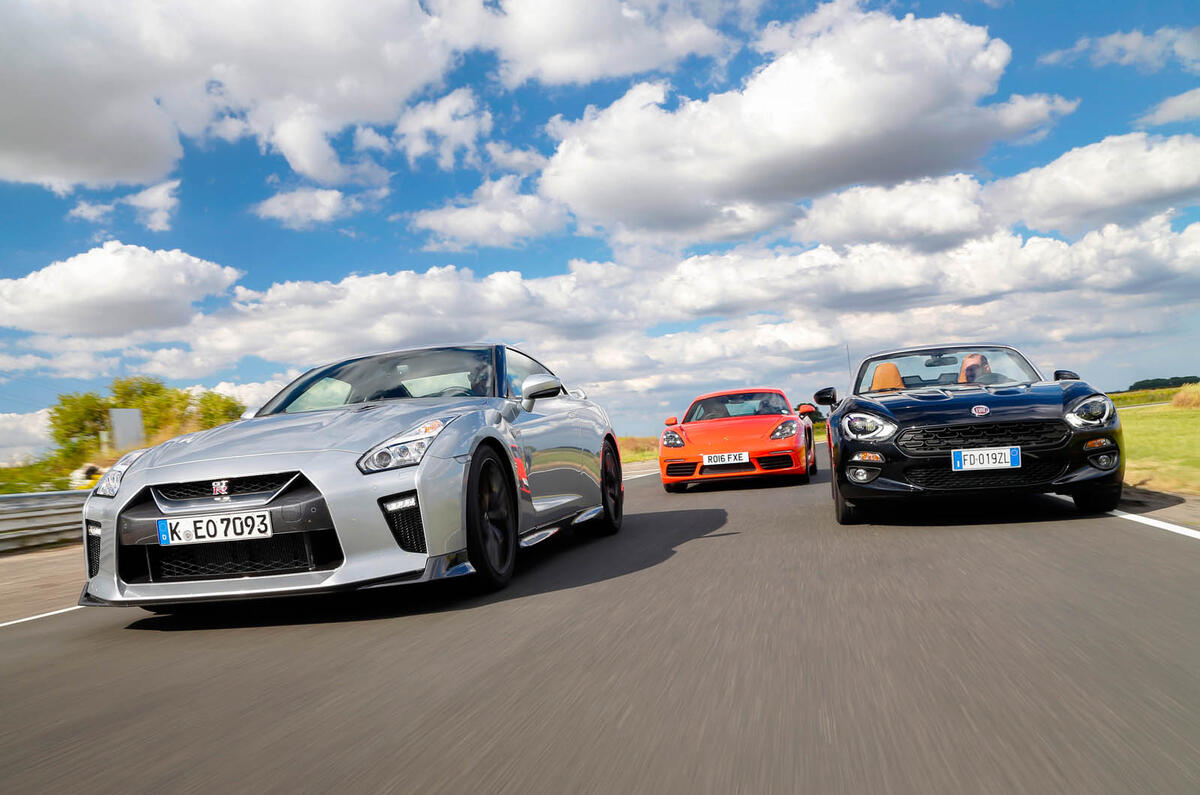
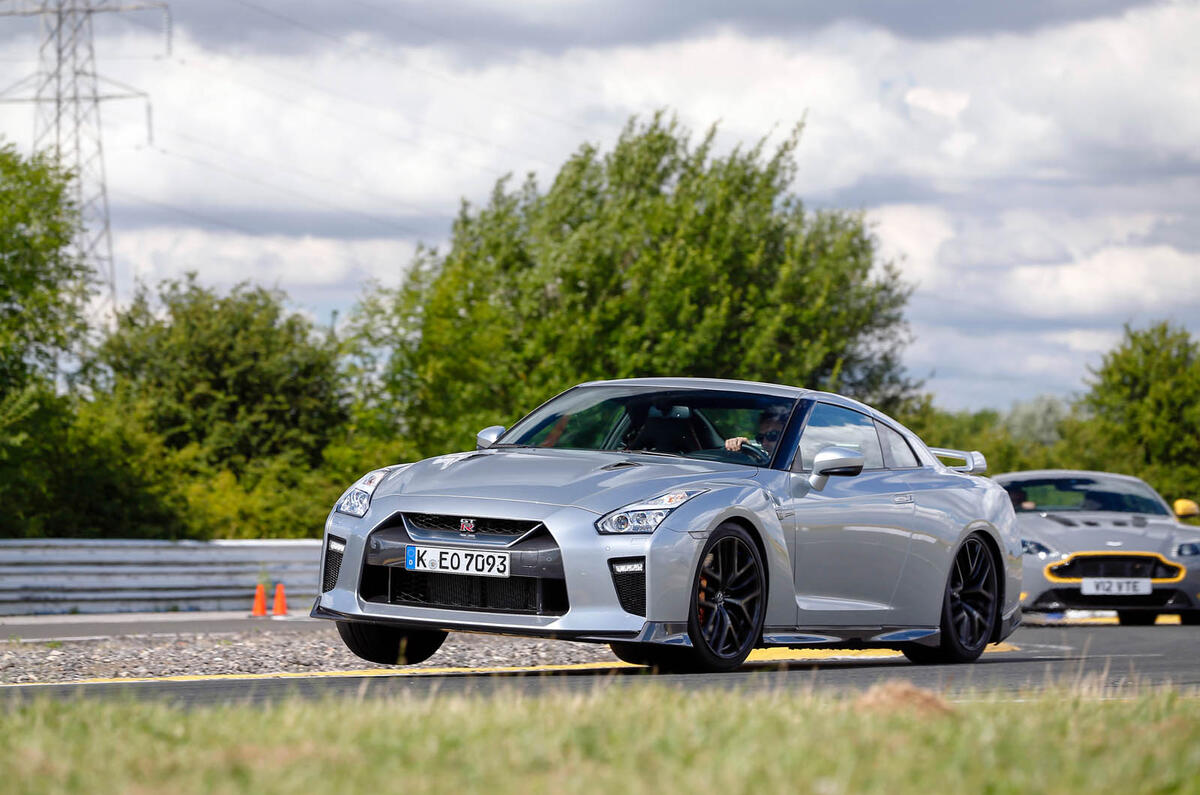
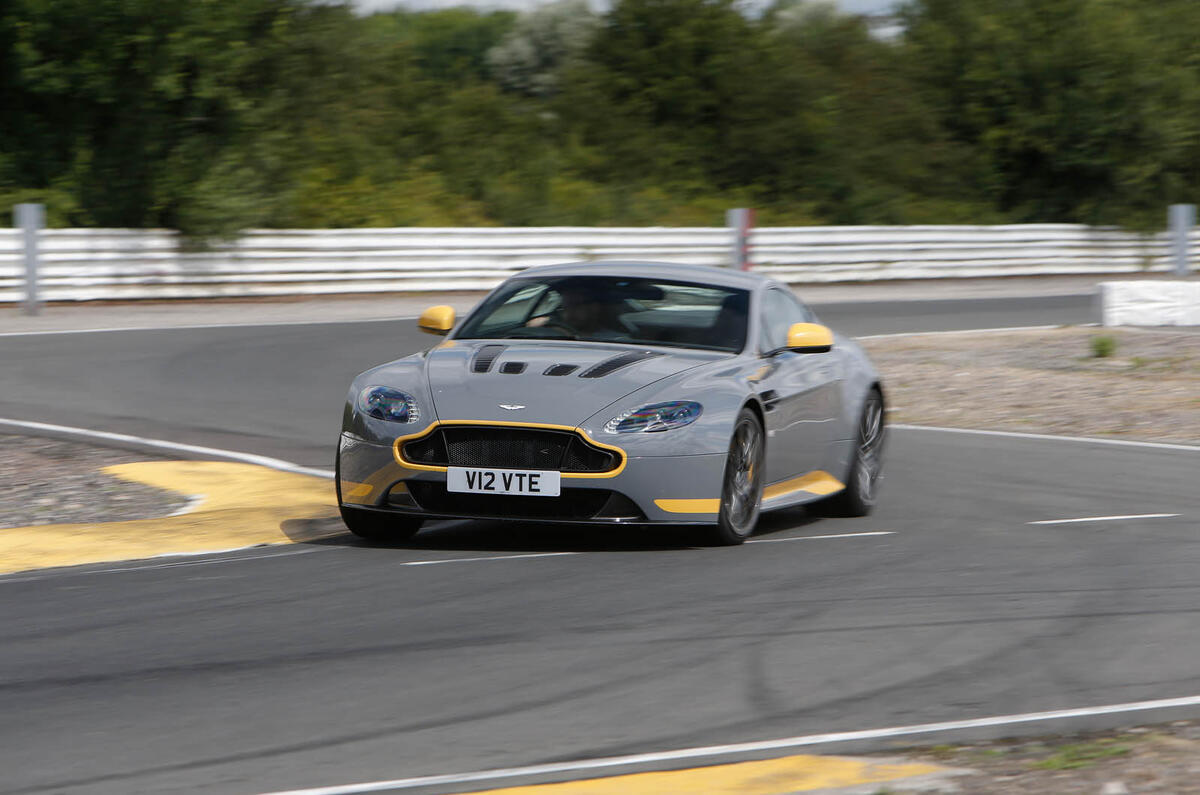
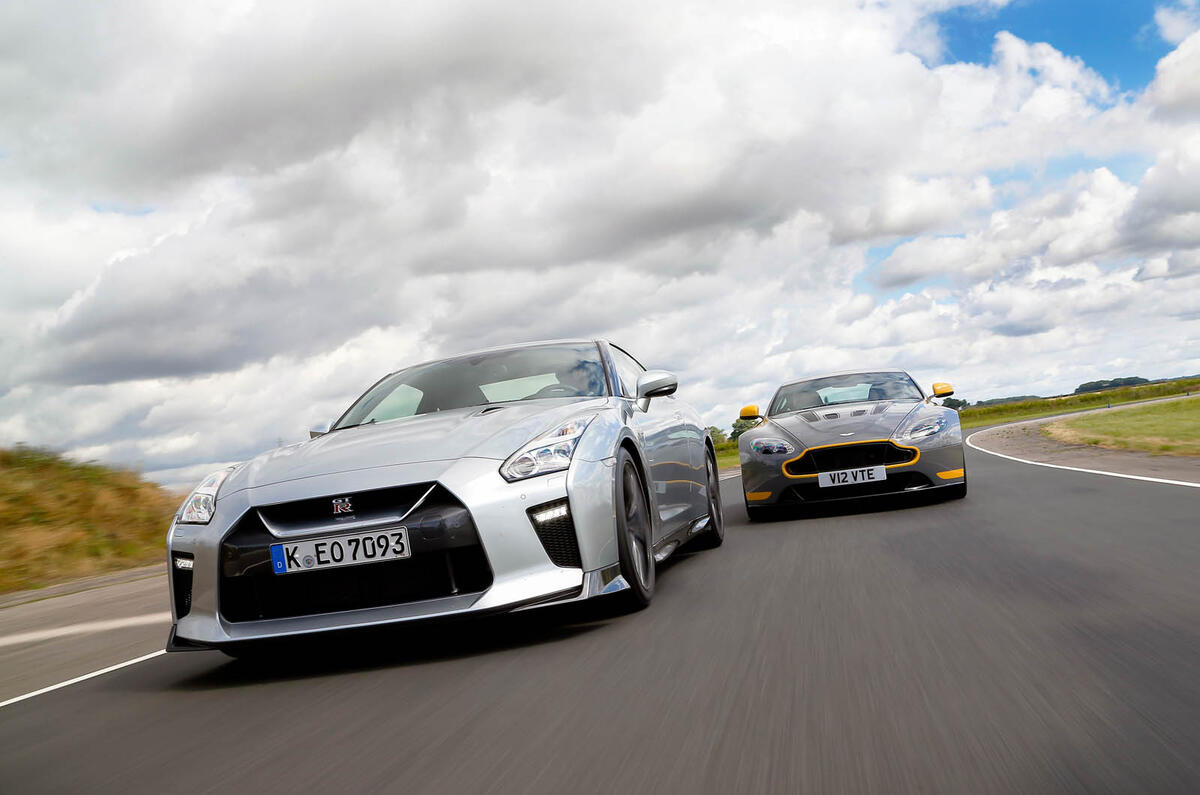
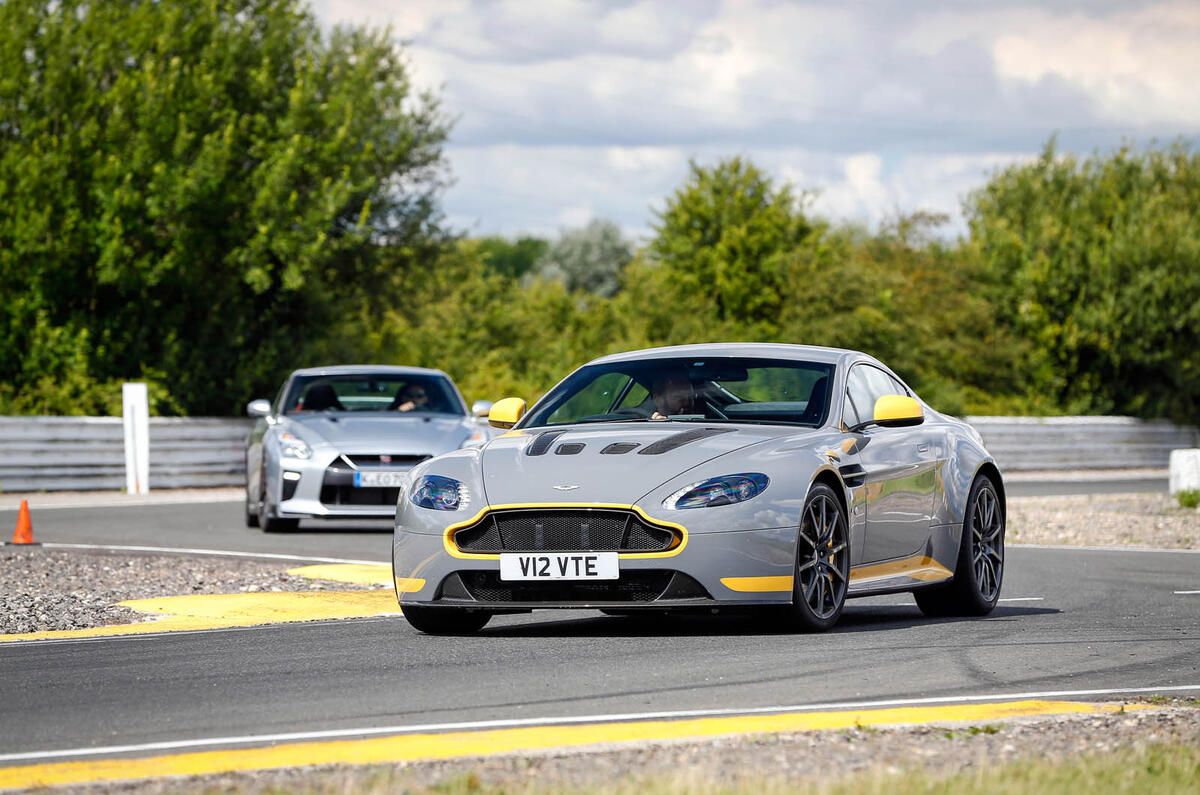
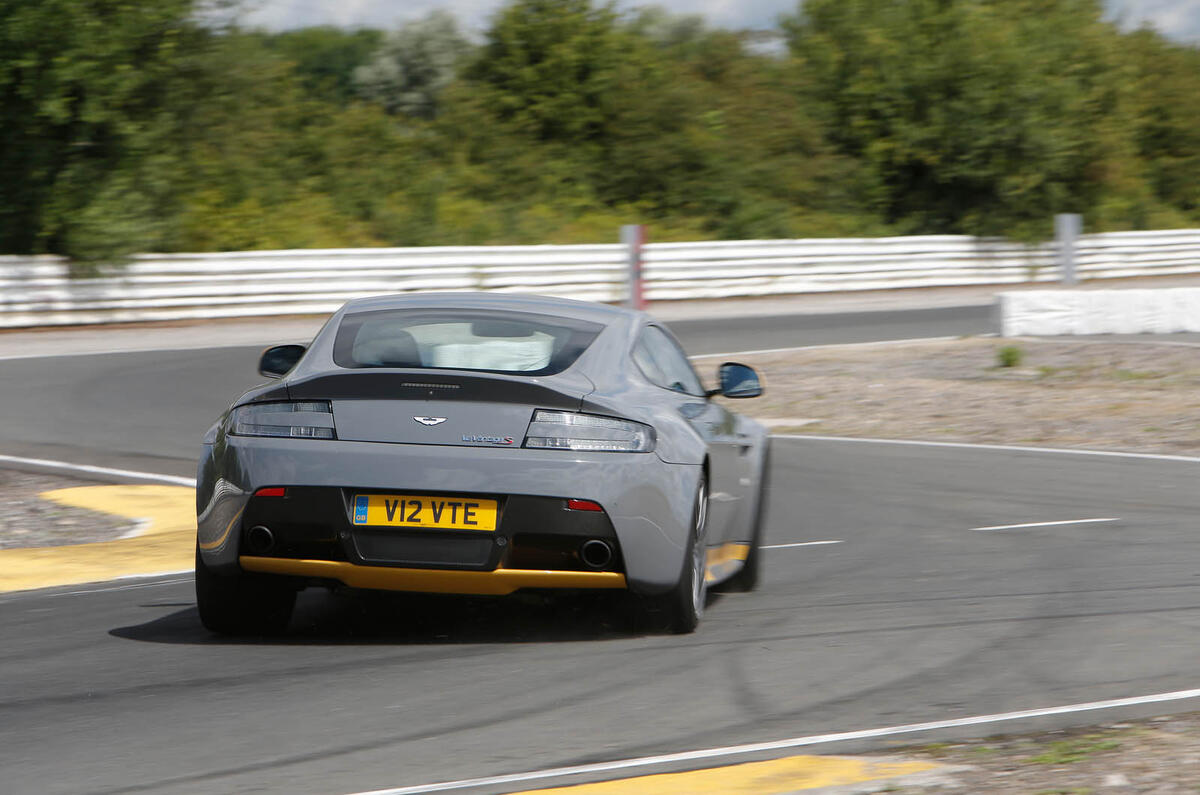
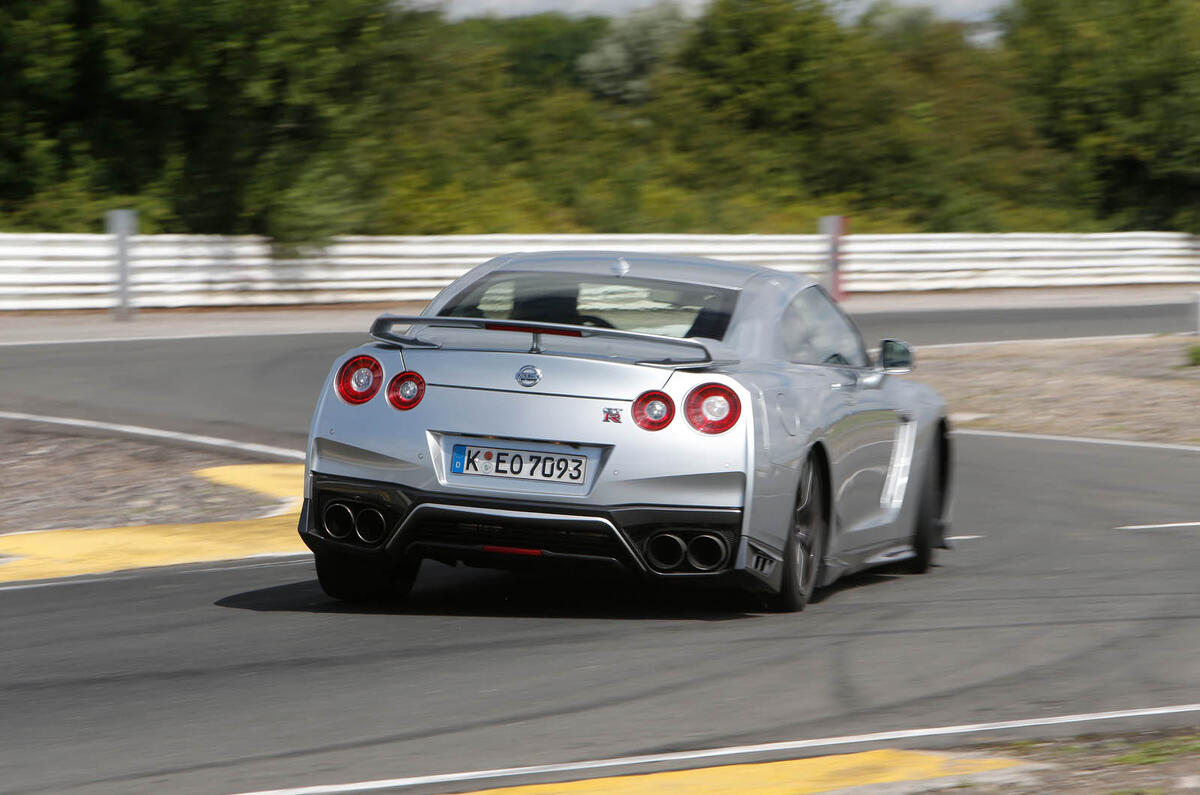
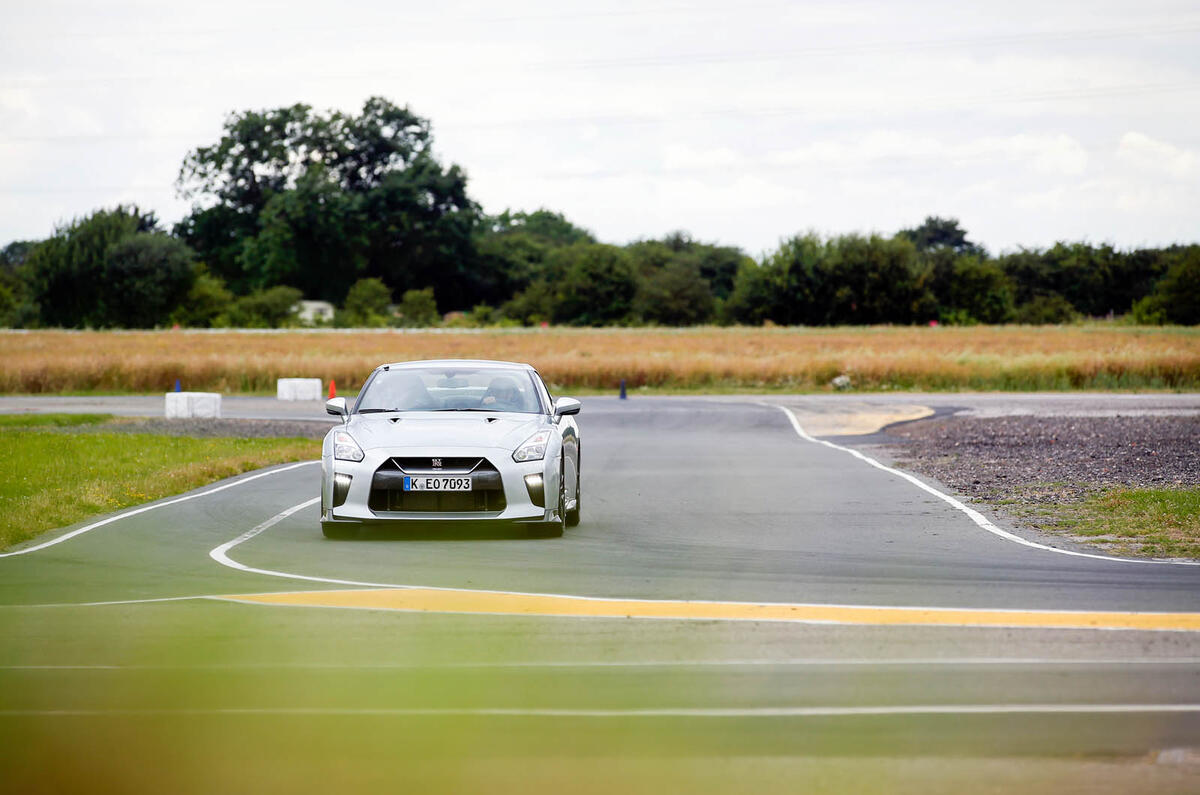
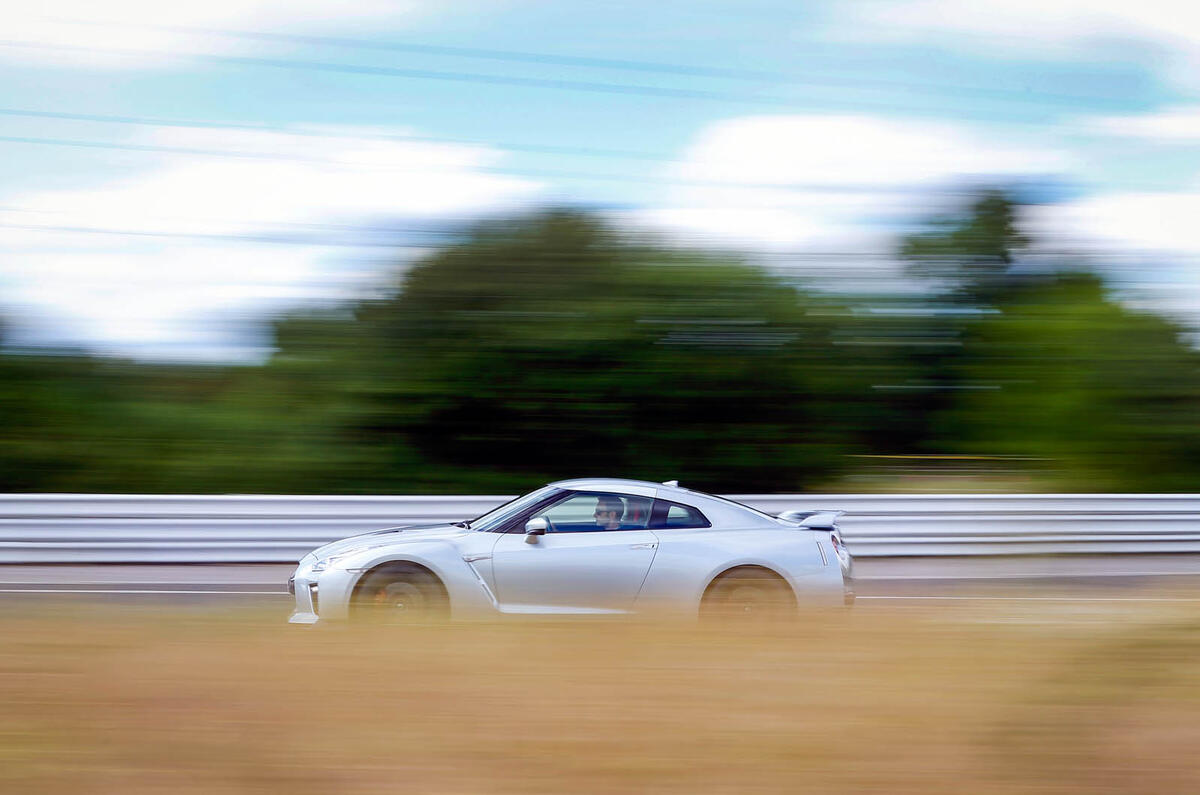
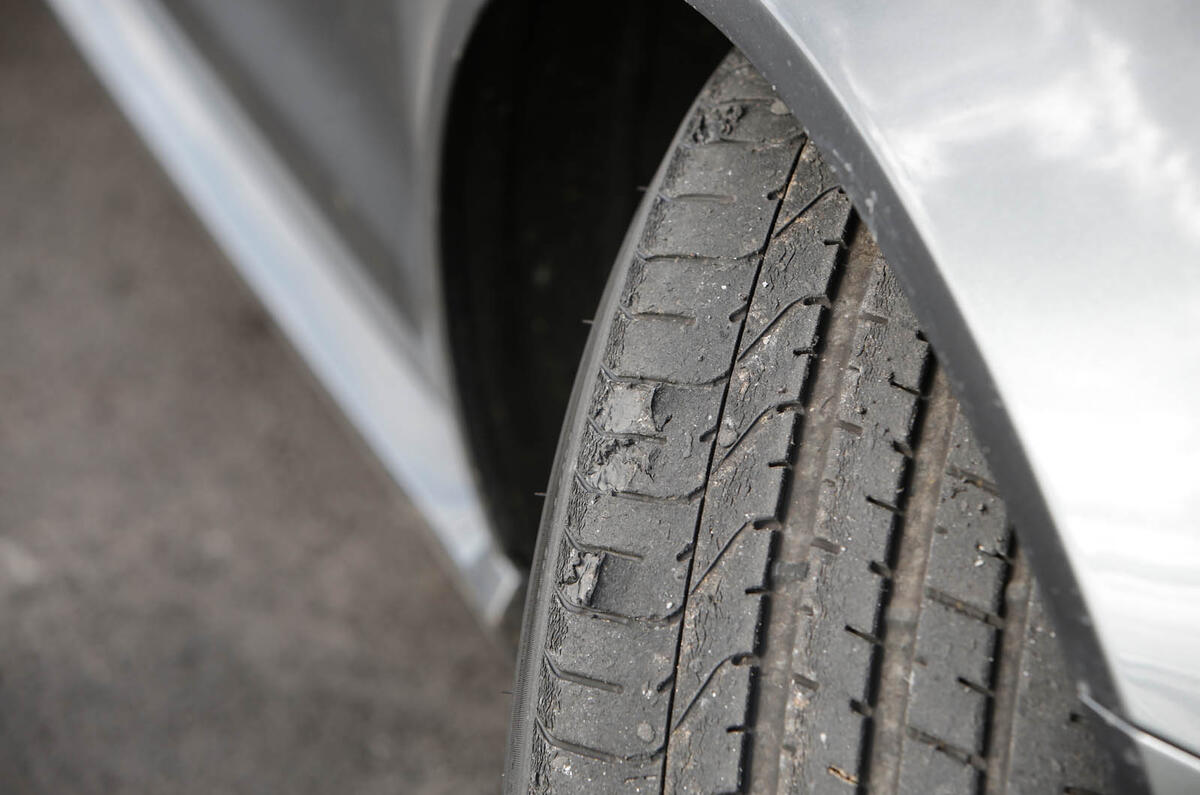
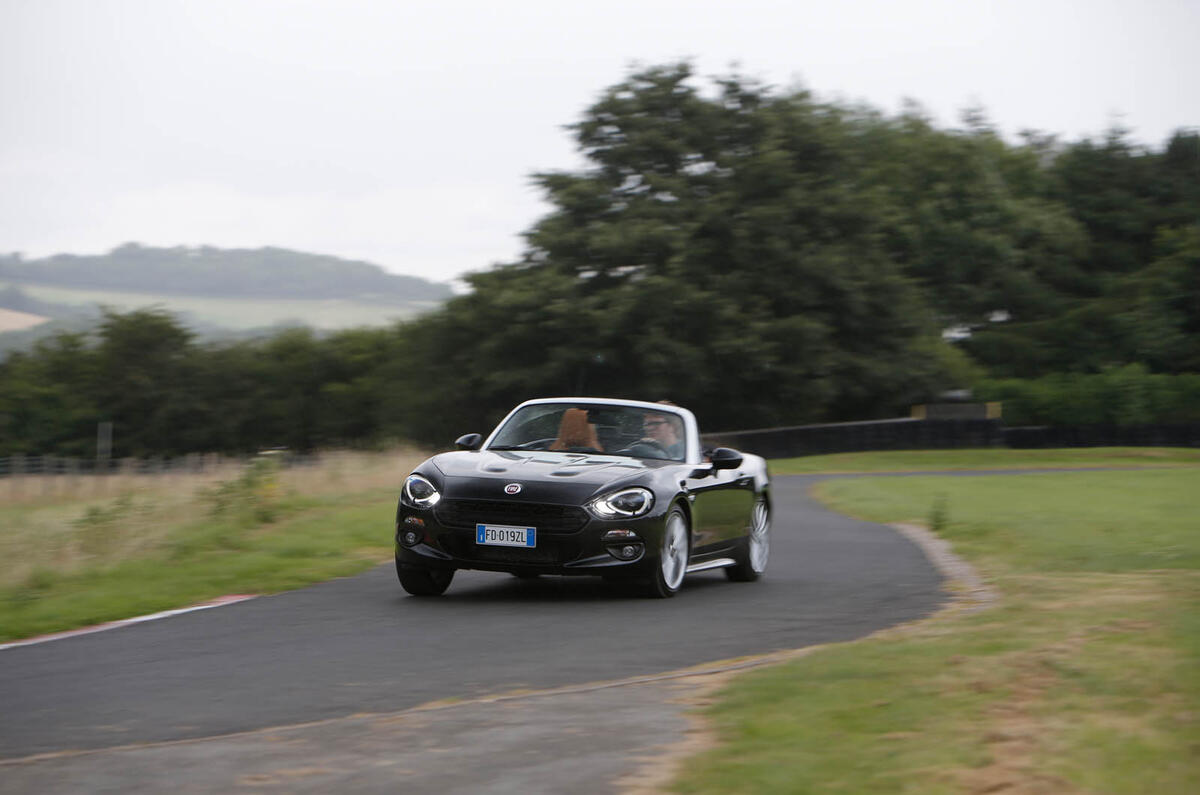
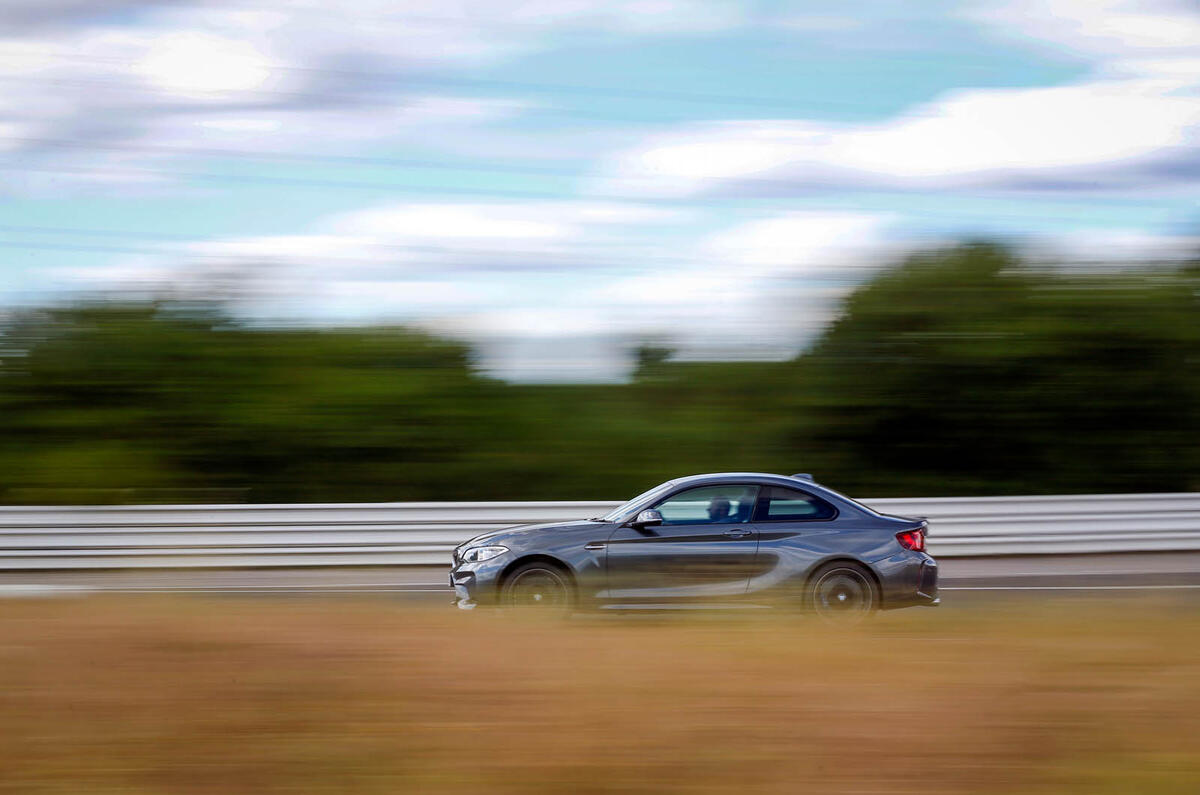
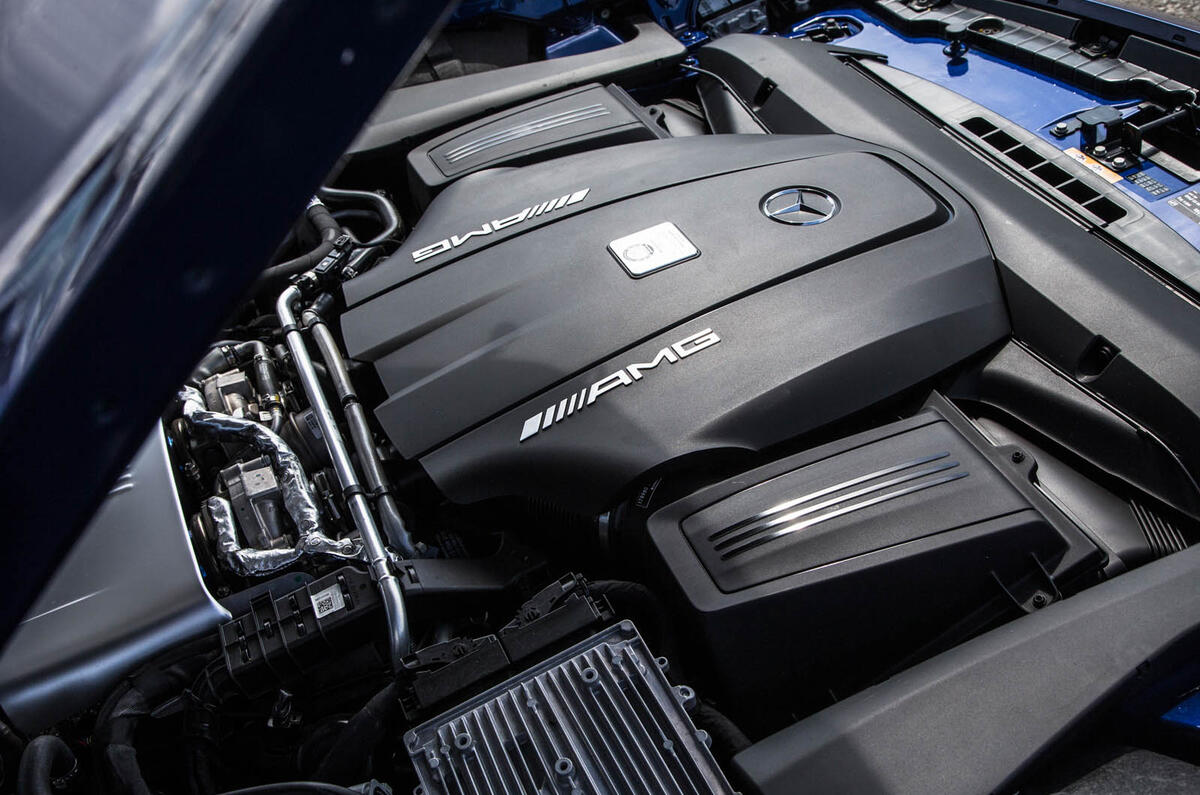
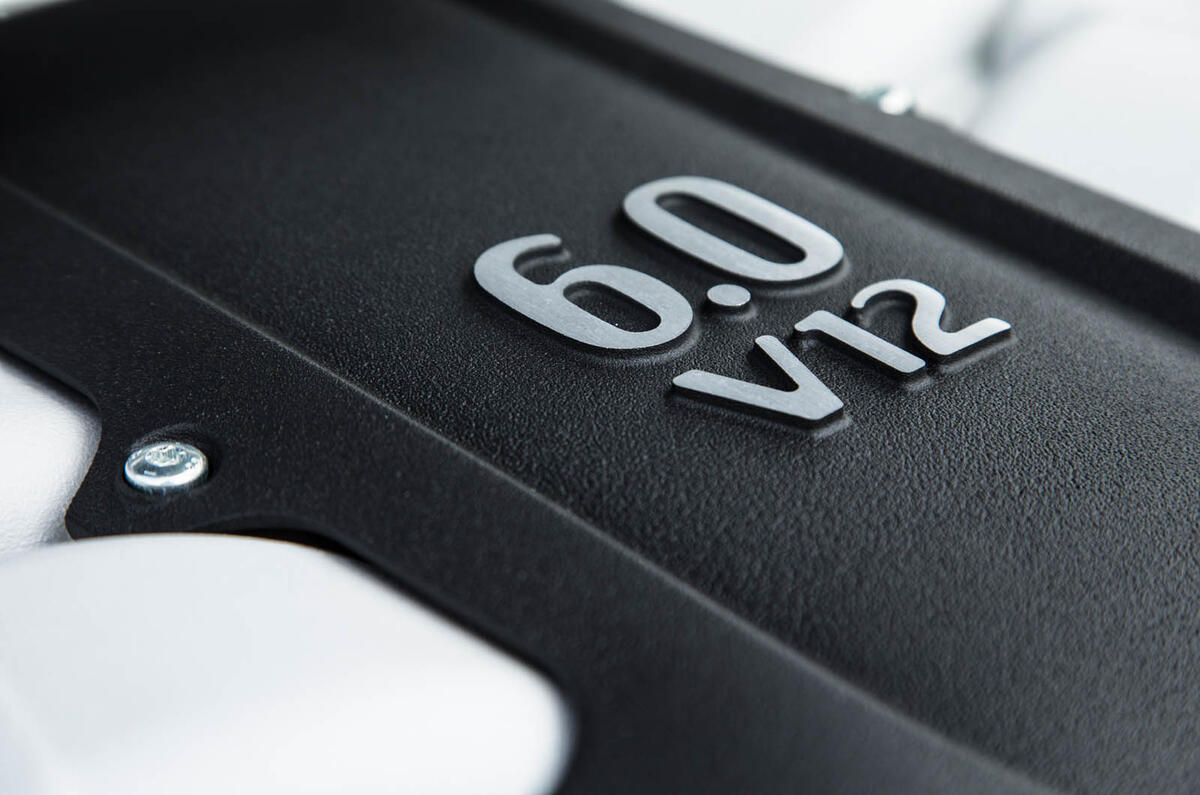

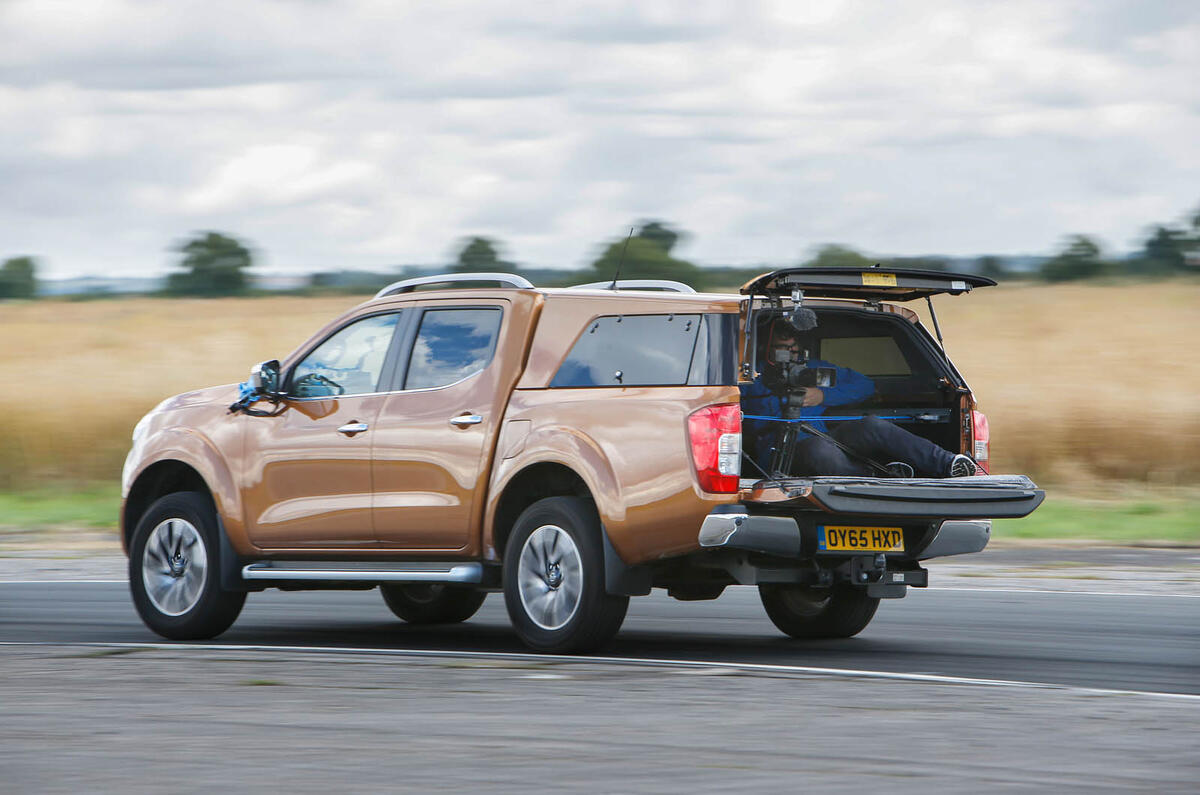
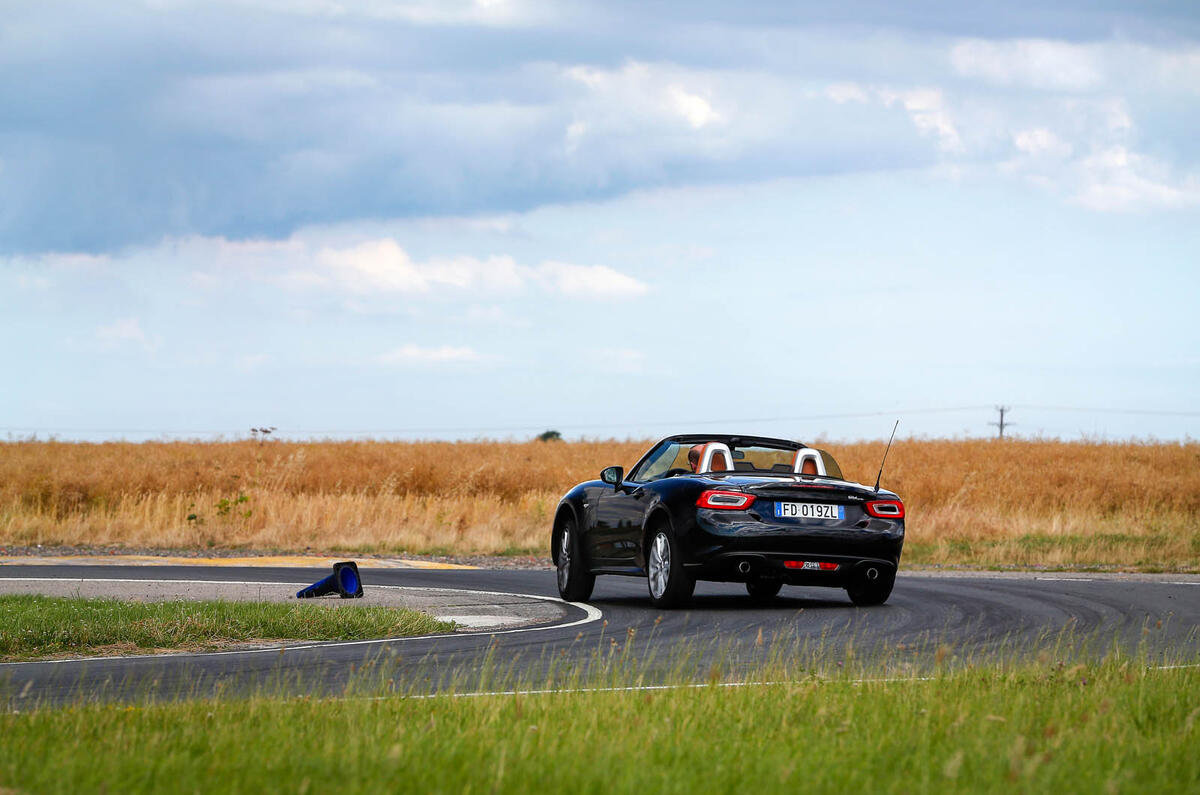
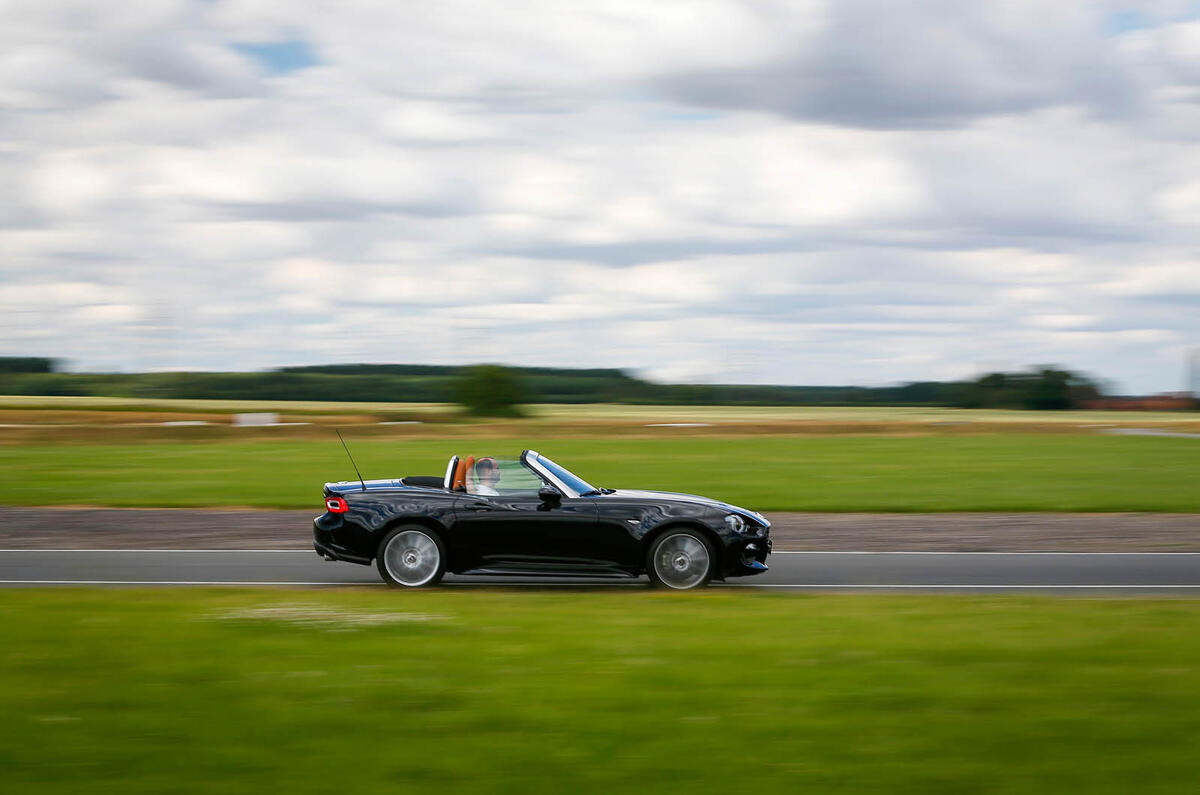
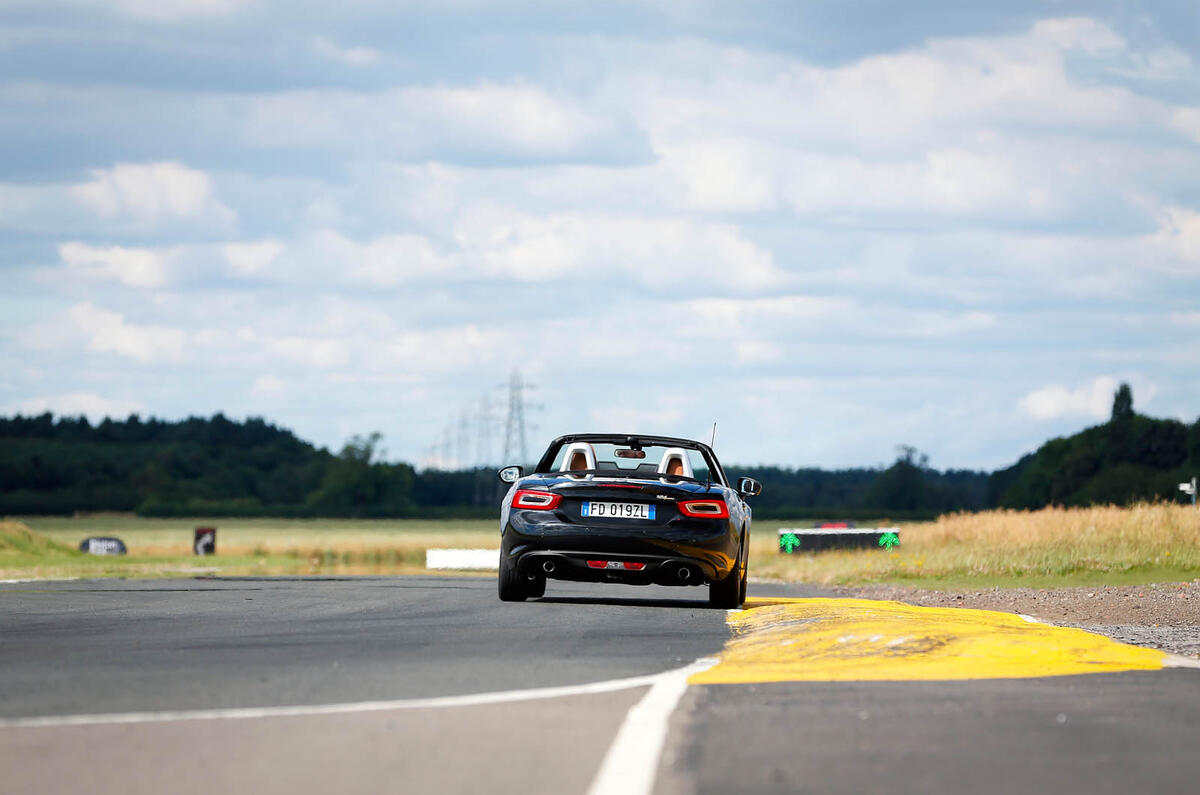

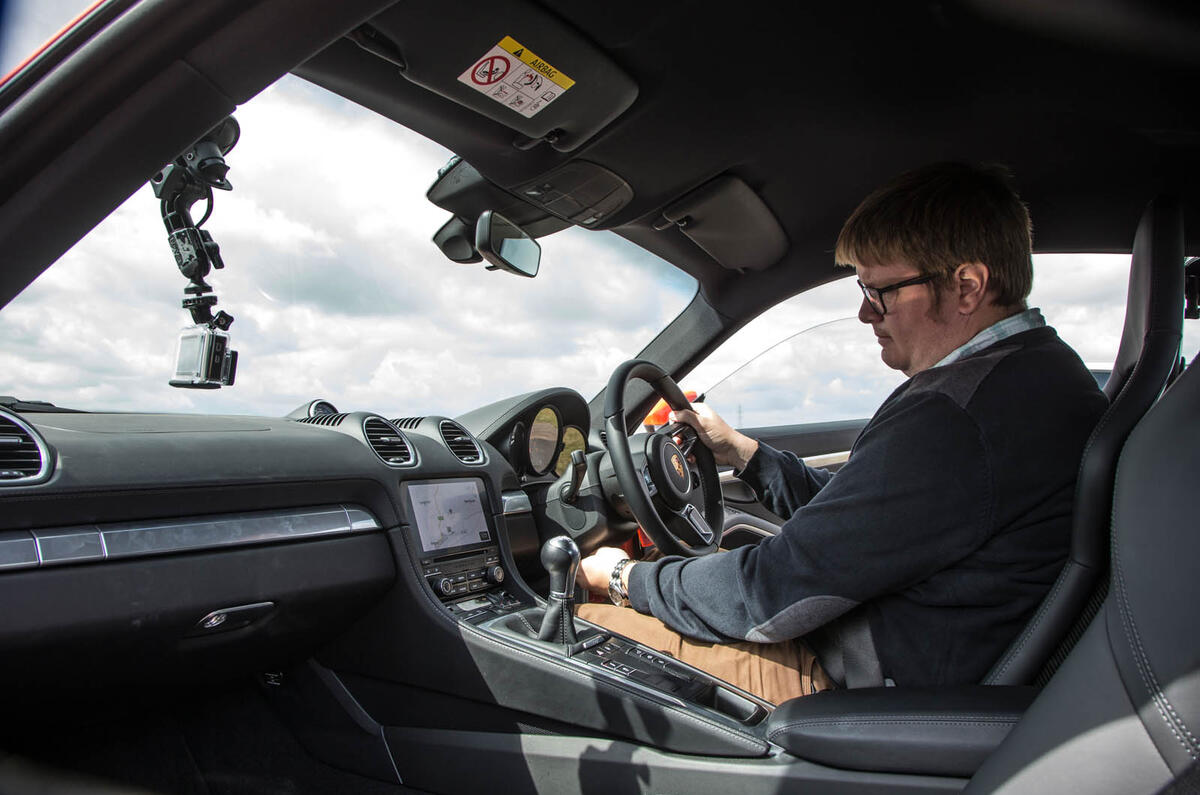

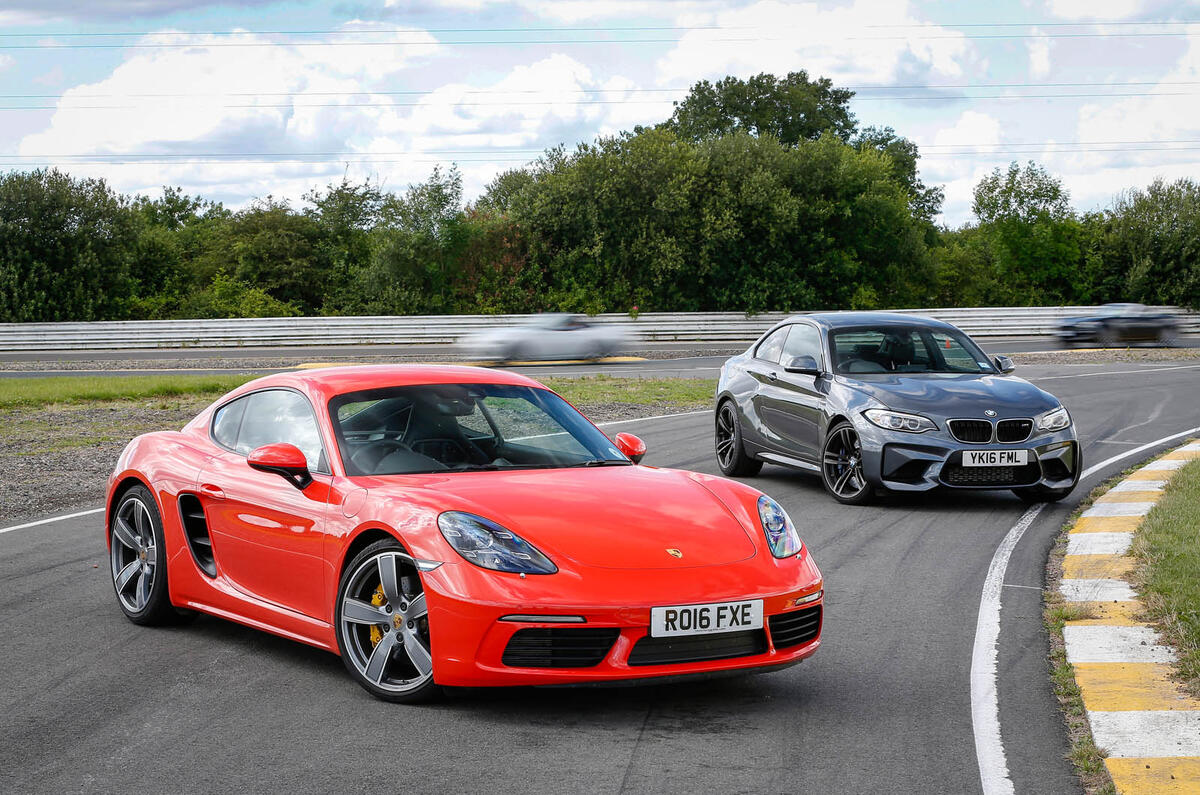
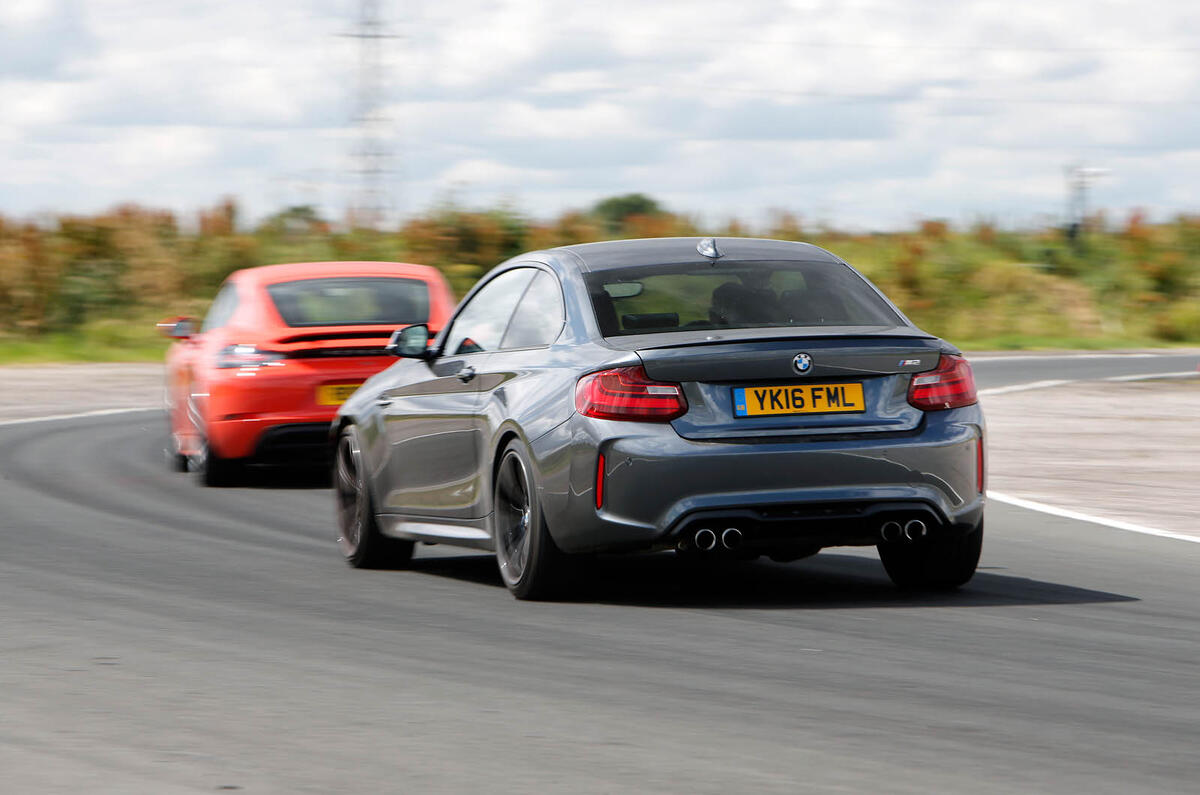

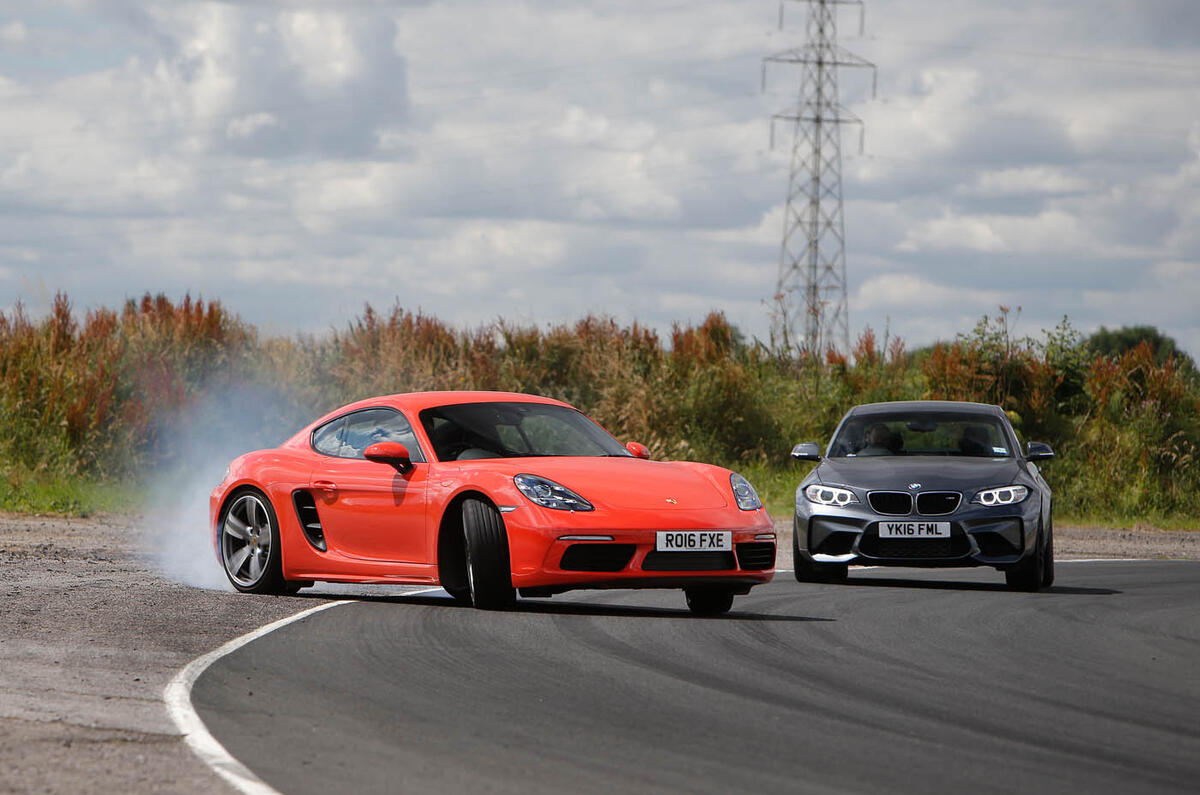


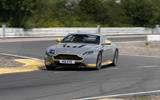

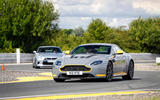
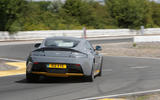
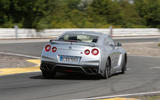


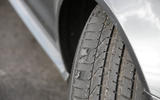













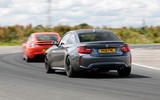







Join the debate
Add your comment
Engine sound vs speaker fakery
Not really surprised
Short track & a tiny Porsche